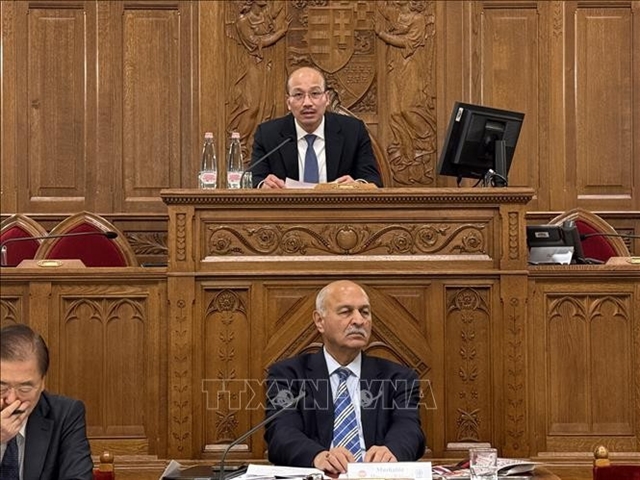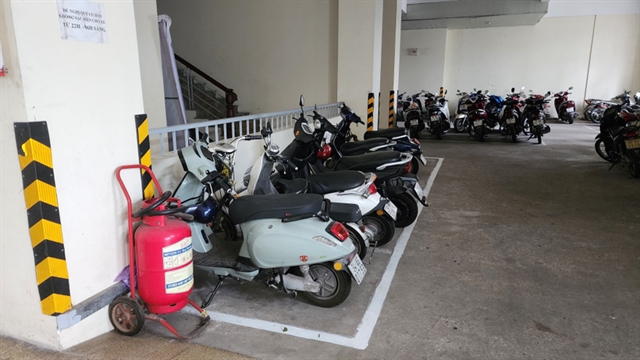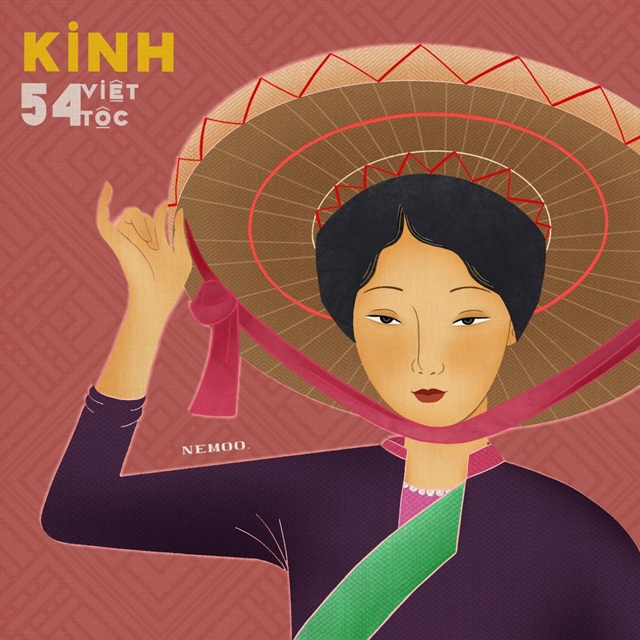 Features
Features
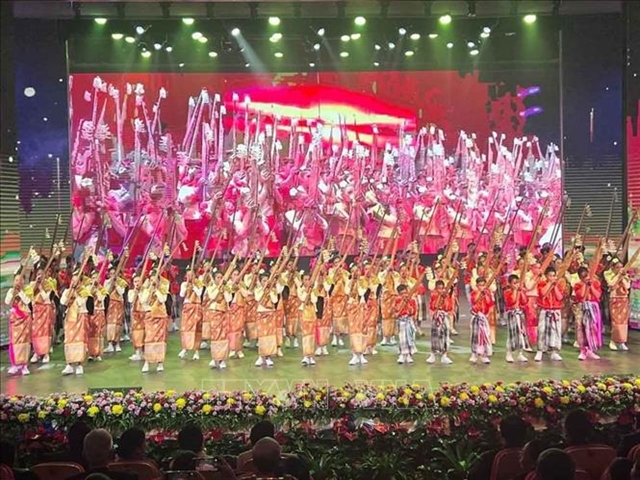
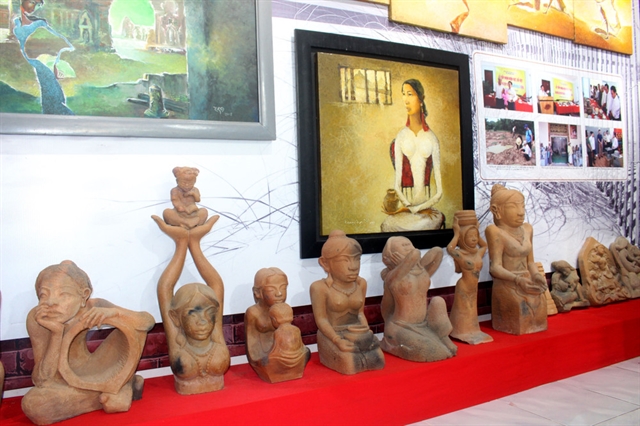 |
| Mũi Né Antiquities Museum is recognised as the first private antiquities museum in the coastal region of Lâm Đồng Province. VNA/VNS Photo |
Mũi Né Antiquities Museum is recognised as the first private antiquities museum in the coastal region of Lâm Đồng Province, housing tens of thousands of valuable artefacts and contributing to cultural promotion and tourism development.
Nestled in a peaceful fishing village in Mũi Né Ward is a unique cultural address, the Mũi Né Antiquities Museum, which is founded and operated by collector Nguyễn Ngọc Ẩn.
The museum not only serves as a repository for tens of thousands of precious artefacts but also as a centre for community education, cultural promotion, and sustainable tourism.
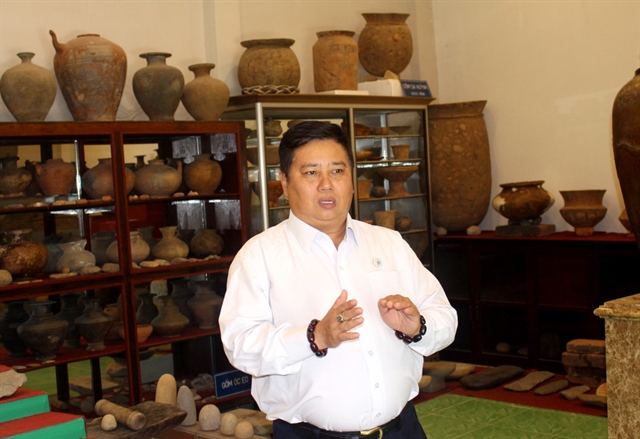 |
| Mũi Né Antiquities Museum is founded and operated by collector Nguyễn Ngọc Ẩn. VNA/VNS Photo |
A unique antiquities museum
Established in 2023, the museum is directly managed by Ẩn, who has been passionate about antiquities since childhood.
Covering more than 2,500 m², the exhibition space features both indoor galleries and outdoor areas.
The museum houses around 50,000 artefacts spanning from 1,500 BC to before 1975.
Exhibits span thematic collections such as paintings and sculptures by renowned artists; Champa culture and ethnic minorities; ceramics through the ages; ancestral worship practices; the traditional fish sauce-making craft; outdoor displays of ancient tombstones; and religious sculptures reflecting Vietnamese beliefs over time.
Many artefacts hold exceptional value, showcasing the evolution of ancient cultures such as Đông Sơn, Sa Huỳnh, Óc Eo, Khmer, Champa, as well as various Vietnamese dynasties.
Each item is accompanied by detailed explanations in both Vietnamese and English, with images for easy understanding.
Recalling the origins of his passion, Ẩn shared: “I became fascinated with antiques at age 11 when I saw pictures in a history book of prehistoric people wielding stone axes hunting mammoths. The more I learned about history, the more passionate I became, a passion that continues to this day.”
In the late 1980s, when grave robbers plundered ancient tombs in Mũi Né at night, Ẩn would visit the sites to collect abandoned fragments of bowls and ceramics.
He quietly buried them under coconut trees in his garden to keep his family from worrying. Years later, when he dug them up, they became his first “antiquities collection.”
“Back then, I didn’t even think of them as antiques. I just wanted to preserve pieces of history, fearing they might disappear forever if not kept properly,” he said.
Over nearly 40 years of collecting, each artefact in Ẩn’s possession carries historical, cultural, and archaeological significance.
He takes particular pride in his Champa royal silver jewellery and household items collection, representing the history, culture, and art of the Champa Kingdom’s royal dynasties.
Another treasure is a 3,000-year-old 20-slab lithophone found at the foot of Gia Bắc Pass in Di Linh District, one of the most intact and perfectly tuned stone instrument sets in Southeast Asia.
Motivated by a desire to promote national cultural heritage, Ẩn and his family have donated nearly 50,000 artefacts to schools, research centres, and museums nationwide over the years.
He believes the preservation and promotion of cultural and historical values require not only the efforts of cultural authorities and governments but also the participation of the entire community.
Besides his vast antiquities collection, Ẩn also holds over 100 certificates of merit from various localities, institutions, and organisations across the country, as well as three Medals for Cultural Heritage Preservation awarded by the Ministry of Culture, Sports and Tourism, the Cultural Heritage Association, and the Việt Nam UNESCO Associations Federation.
Deputy Director of Lâm Đồng’s Department of Culture, Sports and Tourism Võ Thành Huy praised the museum’s role in cultural preservation: “Mũi Né Antiquities Museum is a private institution with a diverse and rich collection of historically, culturally, and archaeologically valuable artefacts.”
He added that the department would continue to support the museum’s operations, ensure its compliance with legal regulations, and work towards making it a unique cultural tourism destination, enriching the province’s tourism map.
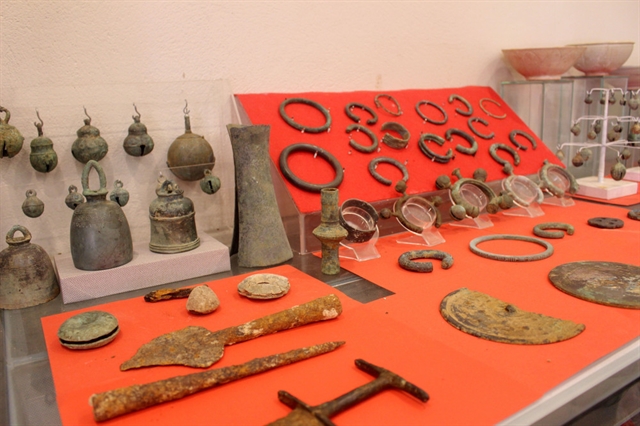 |
| Since its official opening in 2023, Mũi Né Antiquities Museum has quickly become a major attraction for visitors. VNA/VNS Photo |
A source of inspiration
Since its official opening in 2023, Mũi Né Antiquities Museum has quickly become a major attraction for visitors.
Every day, Ẩn personally guides tours, especially for students, young people, and history enthusiasts.
With tourism trends shifting from leisure to cultural experiences, the museum has become a cultural highlight.
Admission is free, and the museum regularly partners with educational institutions and cultural organisations, making it a trusted venue for learning and research.
“Antiques shouldn’t just sit behind glass cases. They need to come alive within the community through education, tourism, and research. Each item carries a story about people, beliefs, lifestyles, and the transformations of this land. My greatest happiness now is sharing these stories with the community, especially the younger generation.” Ẩn emphasised.
More than 100,000 visitors from home and abroad have toured the museum, including school groups, students, cultural researchers, and archaeologists.
The stories behind each artefact, including its origins, craftsmanship, and cultural context, help visitors gain a deeper understanding of the past.
Nguyễn Thảo My, a tourist from HCM City, said she was overwhelmed and impressed by Ẩn’s collection, finally seeing with her own eyes artefacts she had only heard about before.
Nguyễn Phan Huy, another visitor from HCM City, shared that each exhibition felt like flipping through pages of history, rediscovering old lessons and uncovering new insights about cultures, beliefs, and traditions.
The museum is now digitising its artefacts to build an online platform for research and broader accessibility. Digital records will help ensure the long-term preservation of valuable items.
Ultimately, Mũi Né Antiquities Museum is not just a repository of artefacts, it also serves as a place that tells the stories of history, culture, beliefs, and people in Việt Nam’s South Central region. VNS


